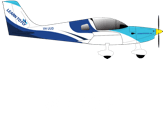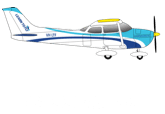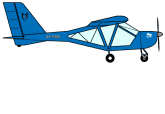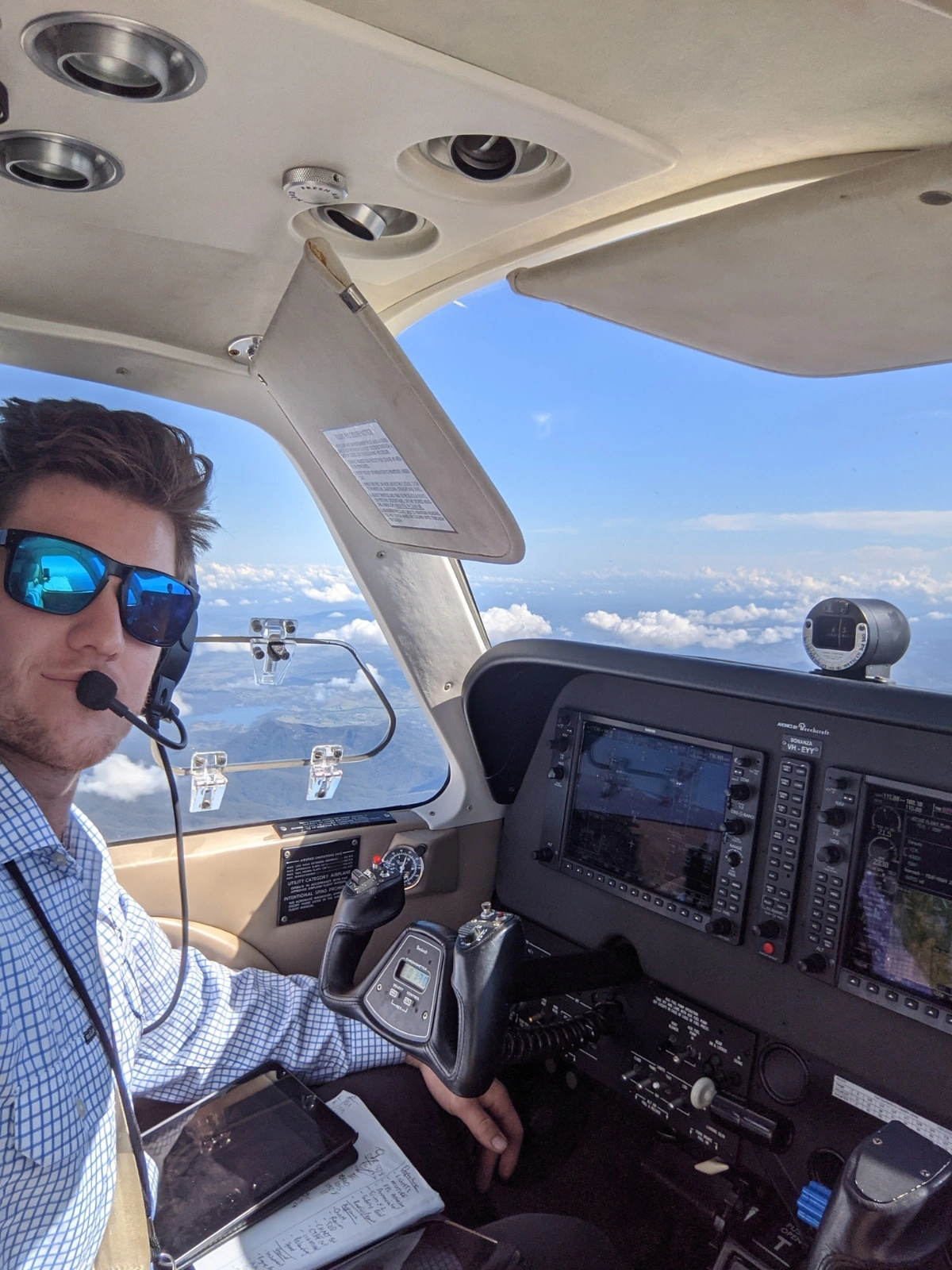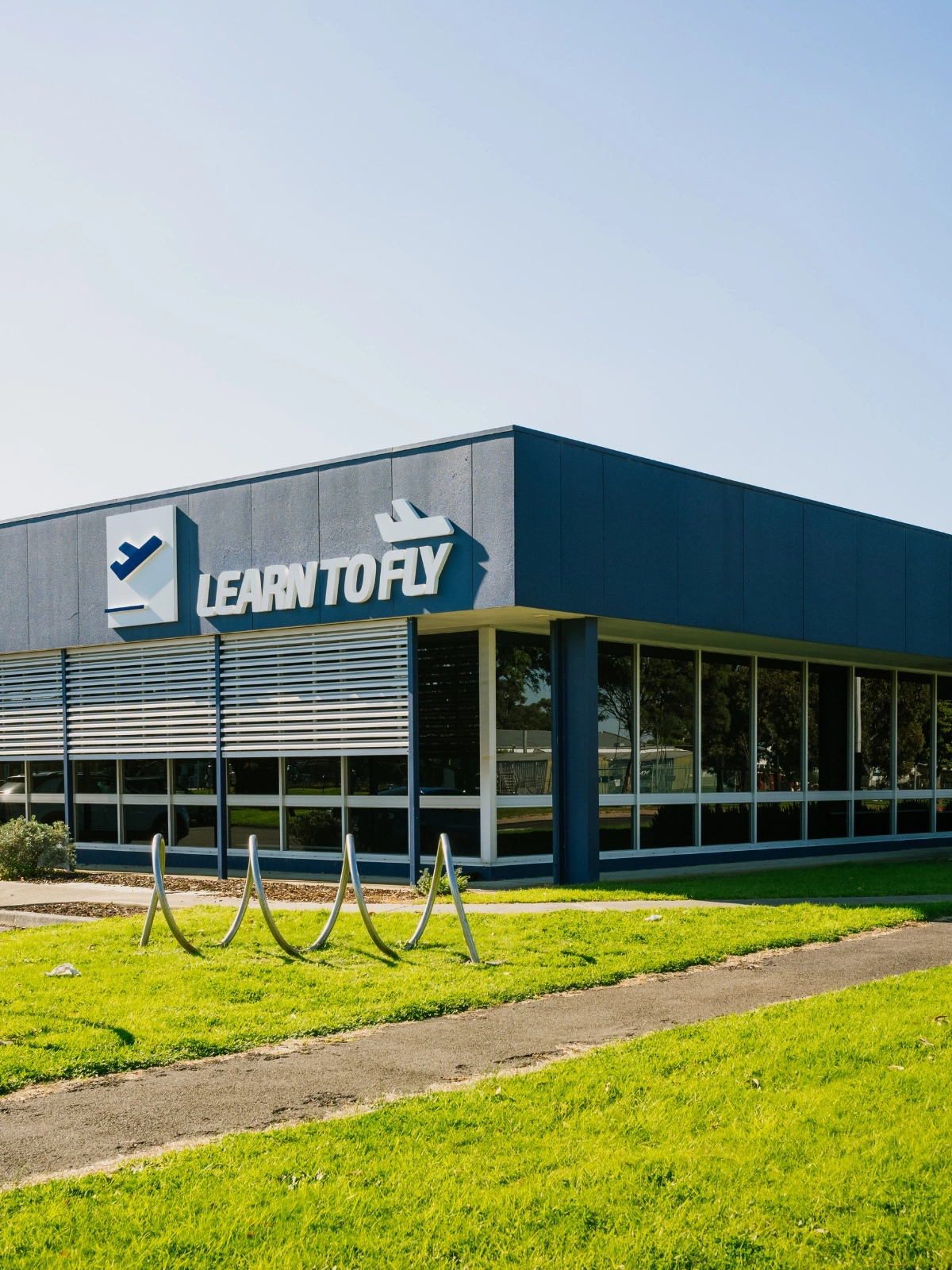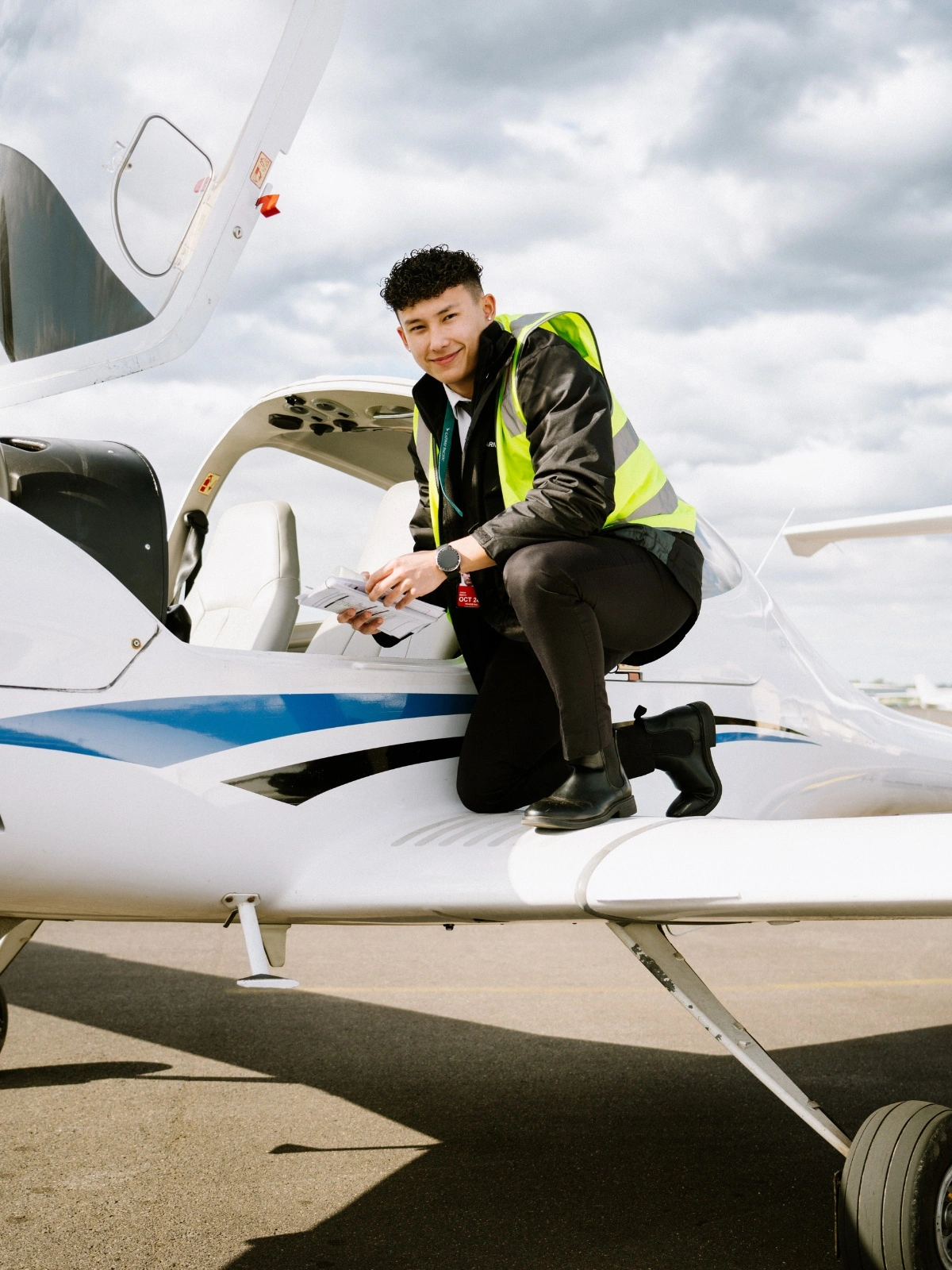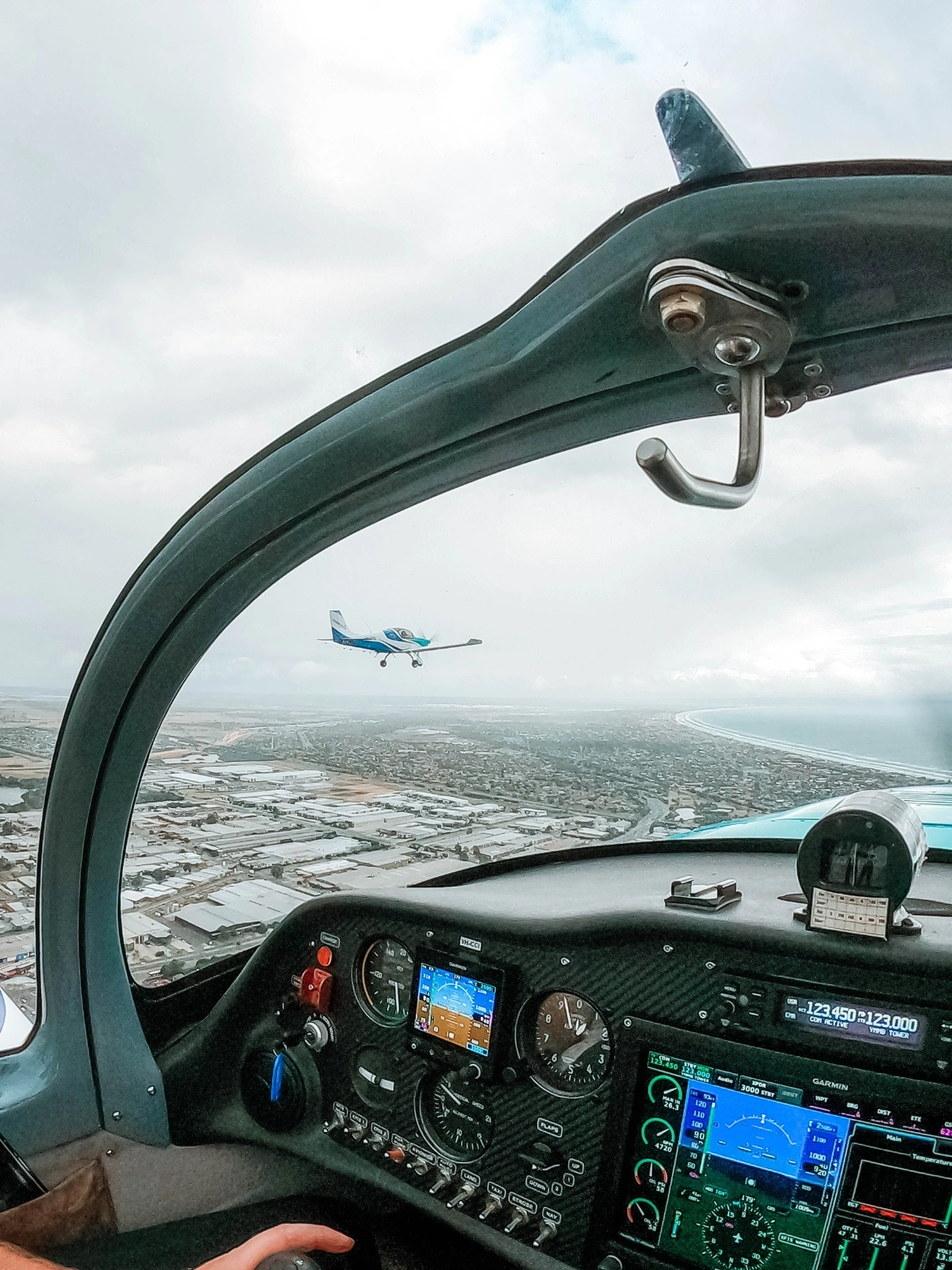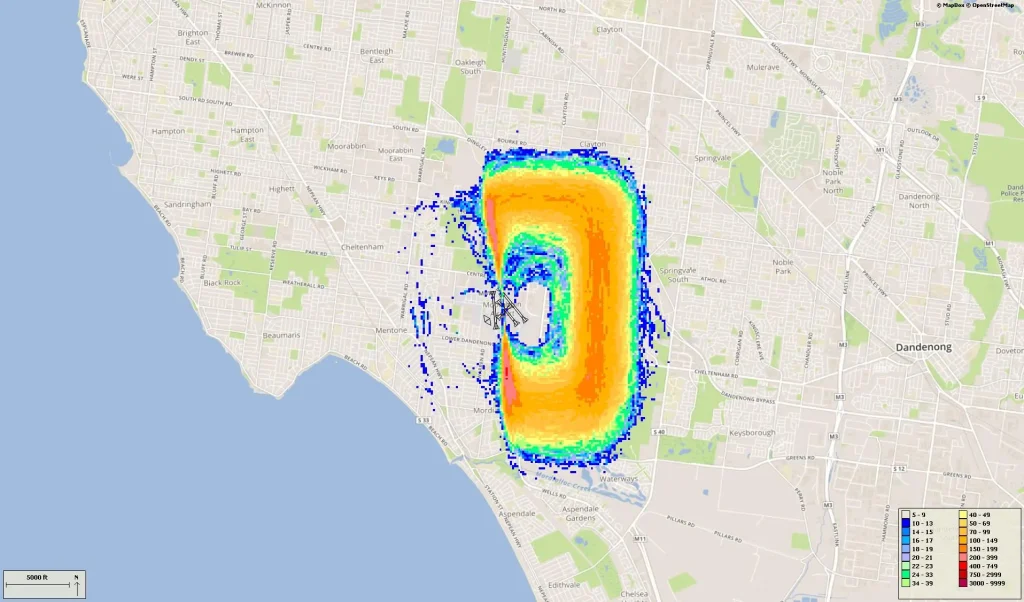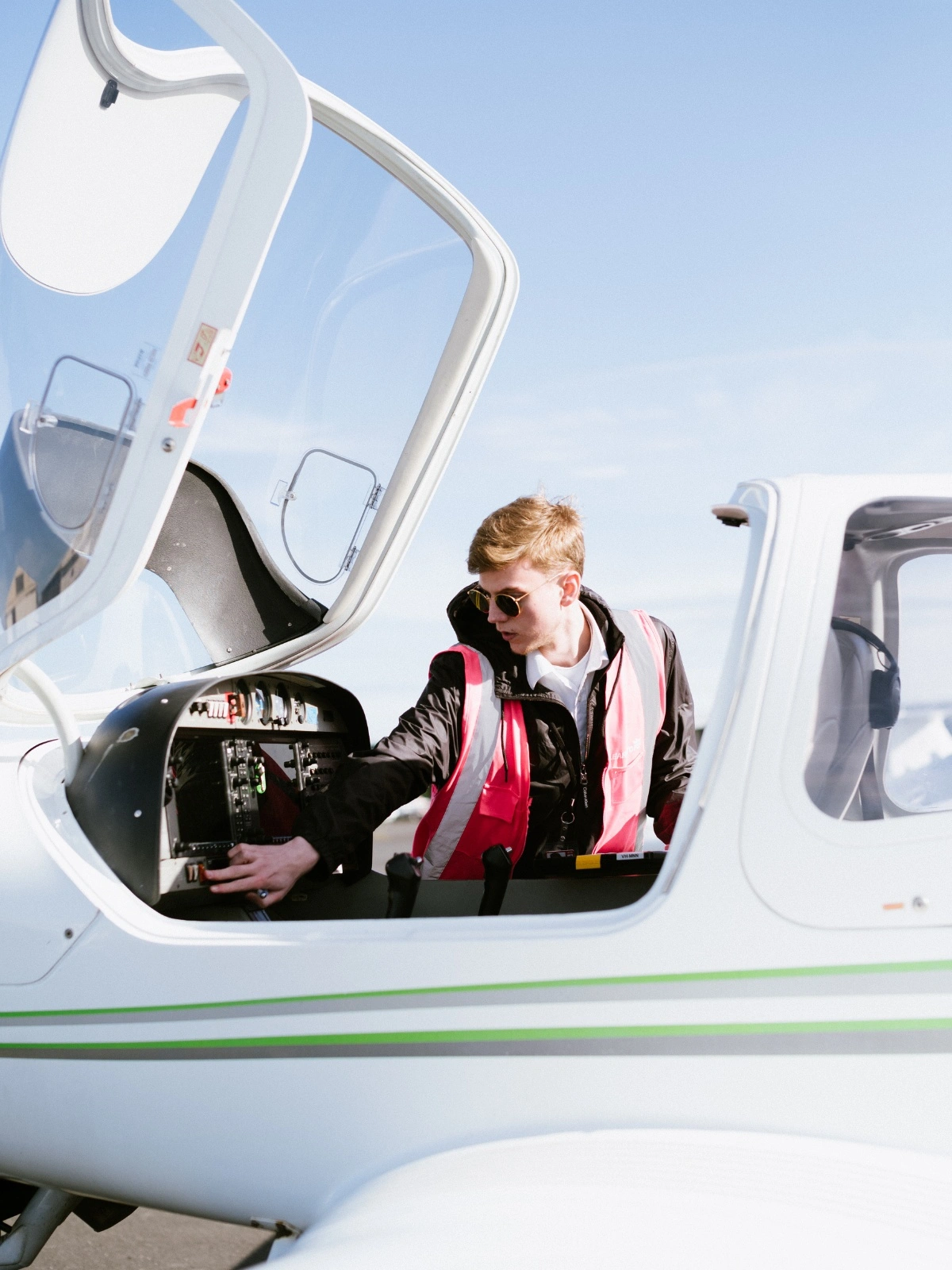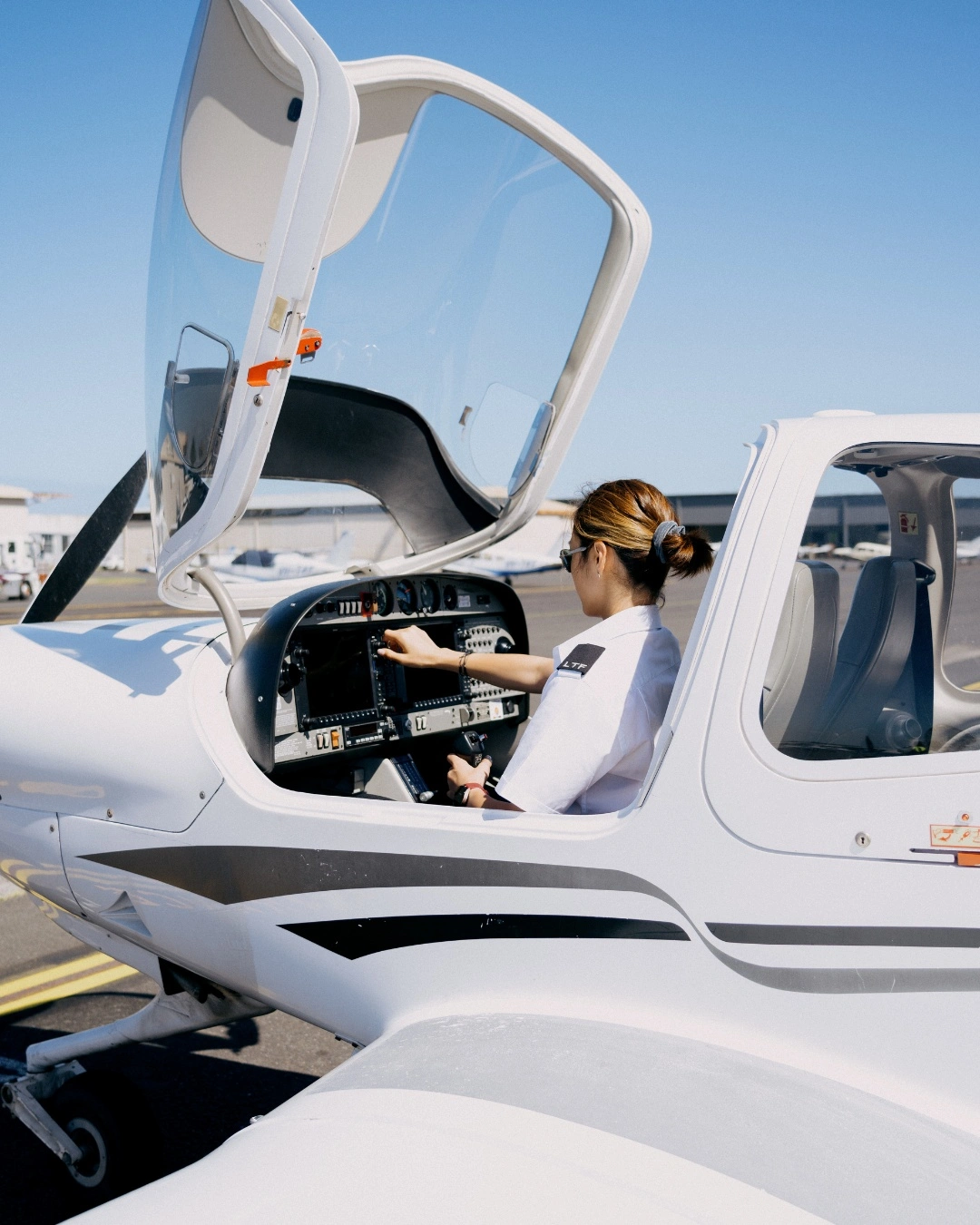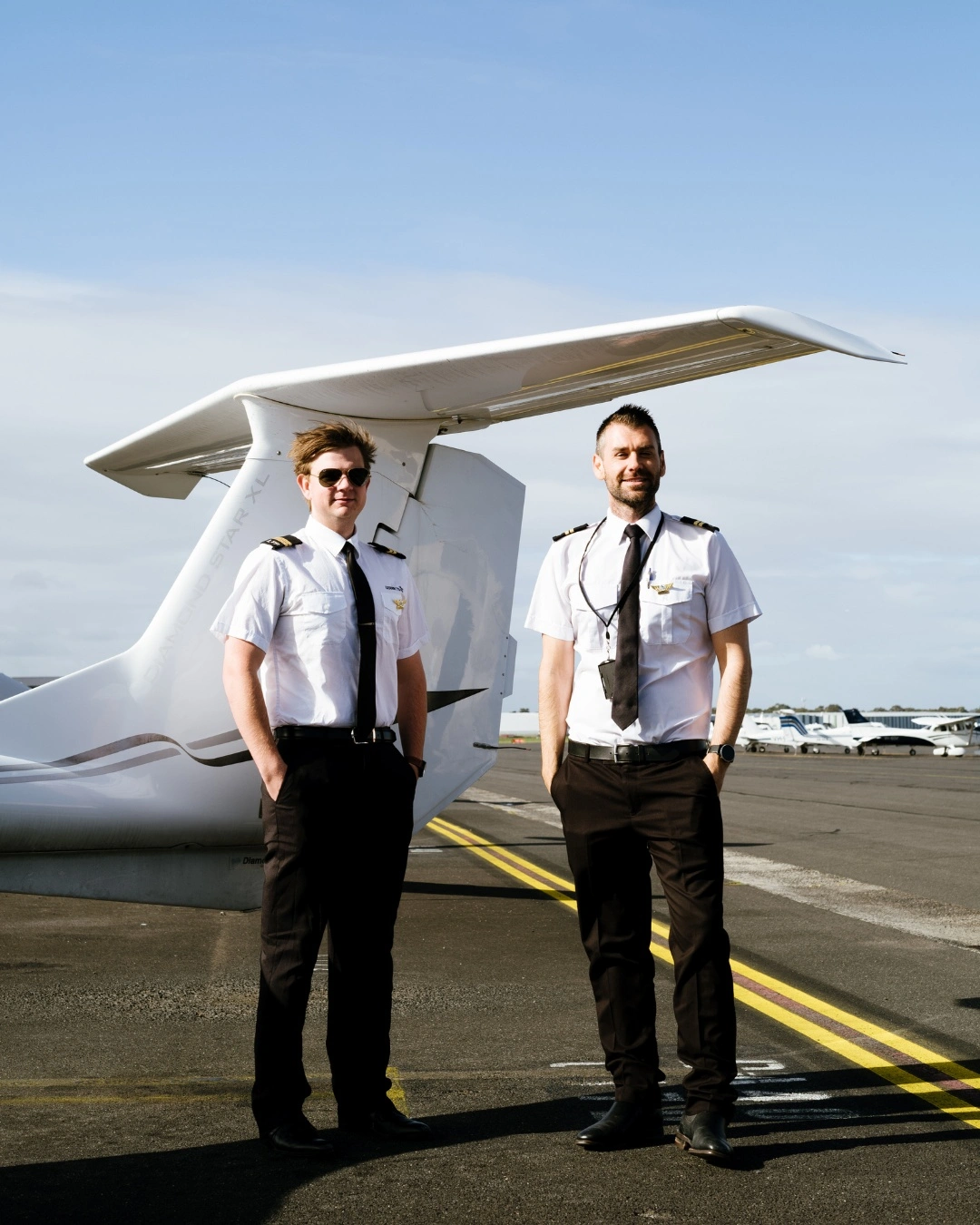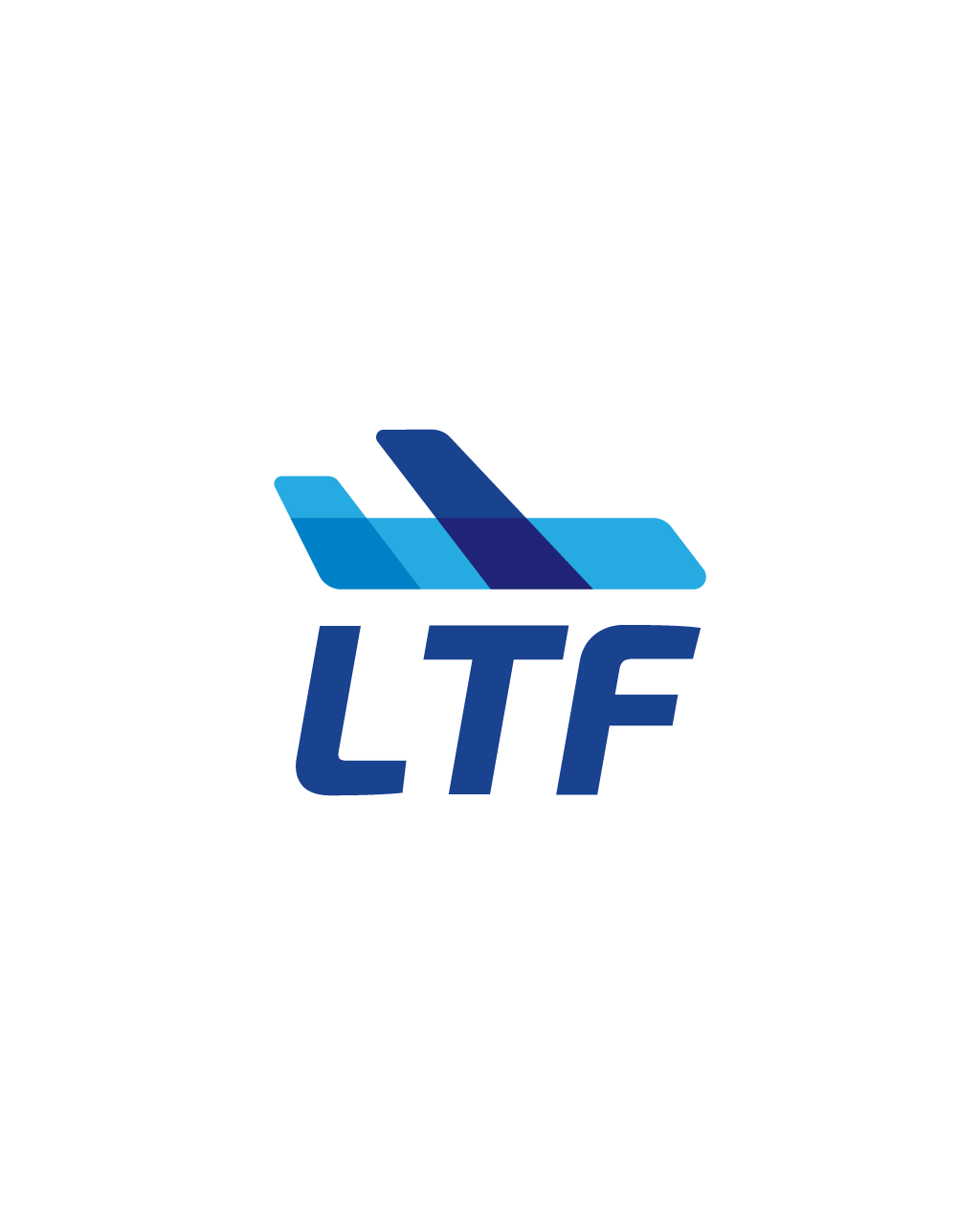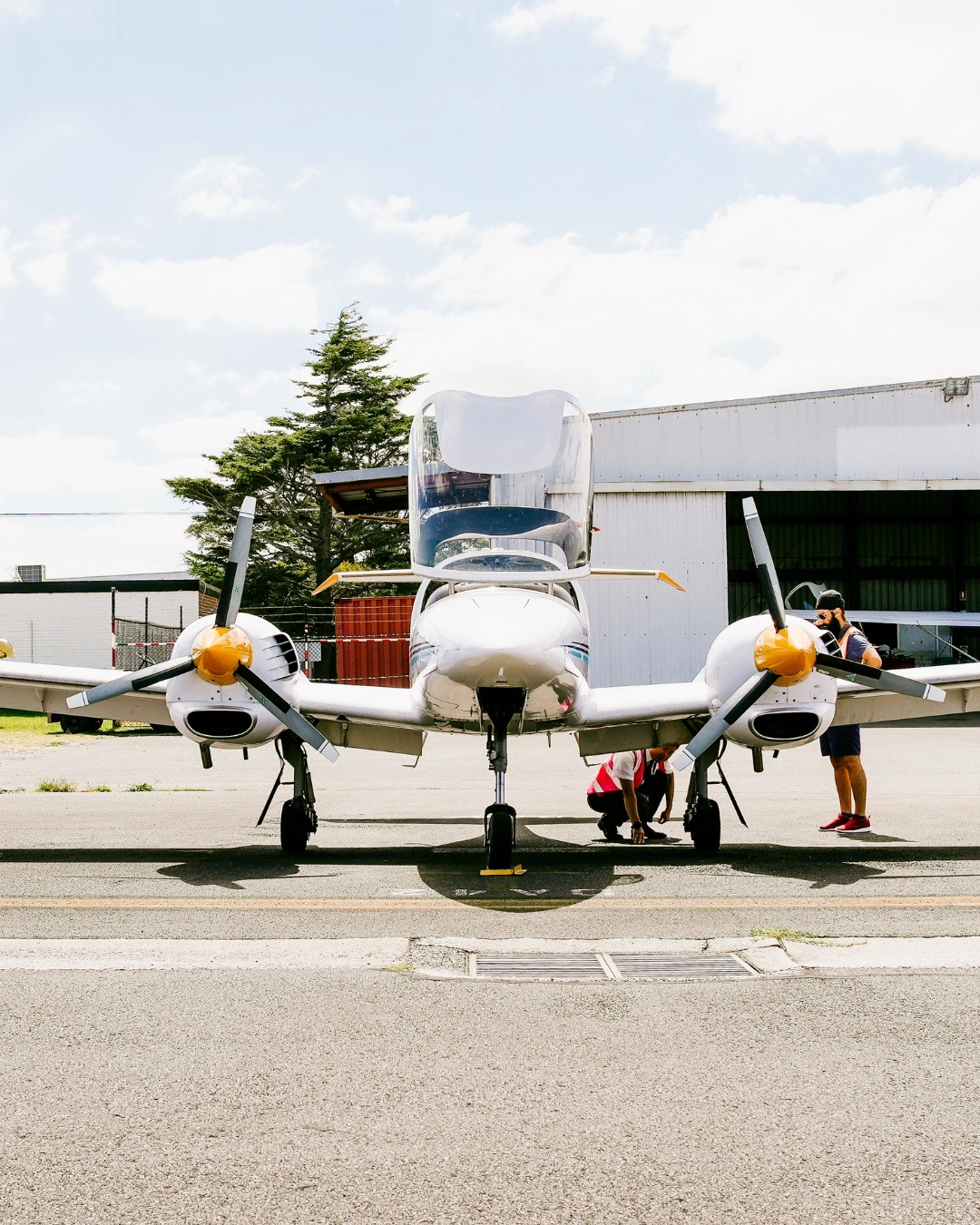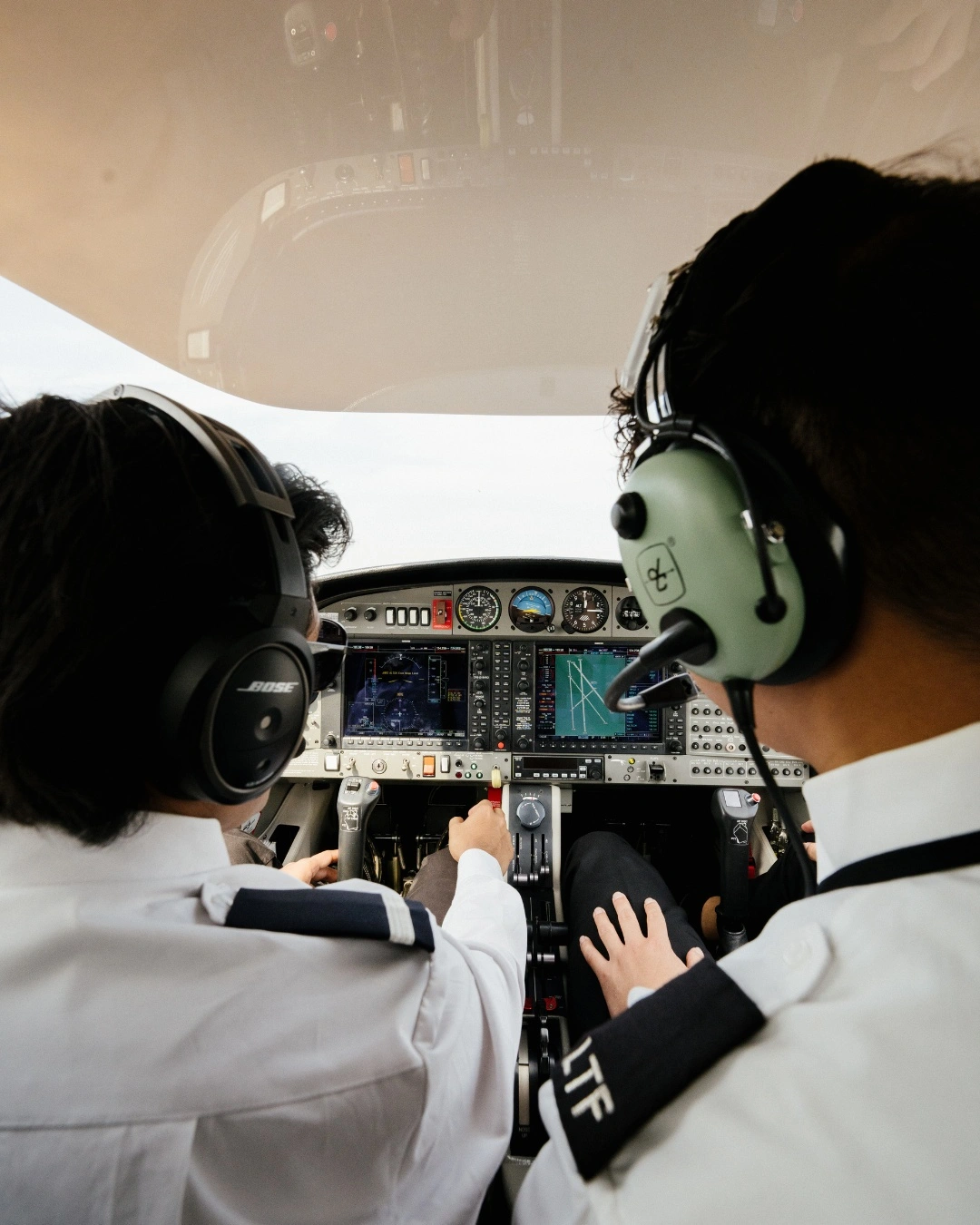Hello, I’m Coen Johnston, hailing from the small town of Swan Hill in country Victoria. Growing up with a natural curiosity and a thirst for adventure, I developed a fascination for aviation at a young age. Whether it was building model aircraft or embarking on gliding adventures, my interest in flying continually grew. My passion reached new heights when, at just 17 years old, I had the thrilling experience of flying solo in a Tecnam p2008. It was then that I knew I was destined to pursue a career in the sky.
Starting Off and Finding Learn To Fly Melbourne
At that stage of my life, financial constraints forced me to put my flying dreams on hold. Determined to continue my aviation journey, I completed Year 12 and embarked on a trade as a fitter-turner. I found work at Grizzly Engineering, where I built disc ploughs and honed my skills in manufacturing. As I saved money, my desire to take to the skies again only intensified. My persistence paid off when I discovered Learn To Fly Melbourne. At 19, I was thrilled to find that they were offering a scholarship for a Diploma in Aviation. I eagerly applied, and to my immense joy, I was awarded the scholarship. My flying dreams were once again within reach, thanks to Learn To Fly Melbourne.
Challenges, Triumphs, and The CPL Journey
With a renewed sense of purpose, I relocated to Townsville to embark on my flight training journey, piloting the Cessna 172 and working diligently towards my Private Pilot Licence (PPL) and Commercial Pilot Licence (CPL) exams. Townsville became more than a training ground; it was a home where I made lasting friendships and explored some of the world’s most breathtaking landscapes, including Palm Island, the Whitsundays, and Cairns.
Under the watchful eye of my instructor, Brenden Morgan, I faced rigorous tests like engine failures, partial panel flying, and navigation exercises that ranged from dirt strips to bustling international airports. These experiences not only honed my skills but prepared me for the multitude of challenging flights across Australia.
When it was time to finish my CPL, I mace the move to Melbourne, where I faced new obstacles. Transitioning to the Diamond DA40, I had to adapt to the frenetic Melbourne airspace, master the G1000-equipped aircraft, and learn from fresh faces among the instructors. My determination never wavered, and after approximately 25 hours of training in the DA40, I proudly achieved my CPL. My dream of becoming a commercial pilot was finally realized, and it was an unforgettable journey filled with growth, challenges, and triumphs.
Beyond the Licence: A Life in Aviation
My gratitude towards Learn To Fly Melbourne (LTF) is boundless. The support, mentorship, and professional training I received played an integral role in shaping my aviation career, and I wholeheartedly recommend them to anyone looking to pursue their flying dreams. During my time with LTF, I not only broadened my knowledge of aviation but also learned valuable lessons about myself. My passion for flying propelled me forward, but there were undoubtedly moments when the journey became taxing. In those times, special instructors like Josh Best and David Marien were instrumental in guiding me, showing me how far I’d come and keeping my eyes on the destination.
However, as Covid-19 began to impact Australia and my financial resources dwindled after a year of intensive training, I found myself returning to my trade. Yet, the experiences and lessons I gained at Learn To Fly Melbourne remained with me, solidifying my commitment to aviation and my own personal growth.
The pull of aviation was impossible to resist, and I quickly found myself back in the cockpit, earning endorsements in Tailwheel, Low Level, and Retractable Undercarriage. My weekends were consumed with glider towing and ferrying aircraft for friends and brokers. It became an exhilarating and demanding period, filled with thousands of miles of flying, even as I continued to work full-time.
In just one year, I had the privilege of flying to every state and territory in Australia, piloting an array of aircraft ranging from the rugged Savannah bush plane to the sleek single-seat RV3. With around 380 hours under my belt, I knew it was time to take my career to the next level. I pursued and successfully obtained my multi-engine private instrument rating, a milestone that paved the way for my current role as a corporate pilot.
Today, I fly a Private G36 Bonanza for an Agricultural Engineering company in Northern NSW. My flying days are as varied as they are exciting, from delivering parts to remote farm strips for machinery repairs to transporting company directors to their desired destinations. With 560 total flight hours, I relish the experience of piloting a modern, fast aircraft and continue to sharpen my Instrument Flight Rules (IFR) skills. Every day is a new adventure, and my love for aviation continues to soar.
Future Aspirations and a Life Well Flown
Beyond aviation, I’m also passionate about mountain biking and spearfishing, my next goals include upgrading my instrument rating and pursuing my turbine endorsement. As I look to the future, I envision myself at the helm of a fast-turbine aircraft, embarking on thrilling adventures with friends to unexplored destinations.
The world of flying is a unique and rewarding pursuit, demanding a blend of diverse skills and unyielding focus. To anyone considering this path, I extend an enthusiastic encouragement. To learn how to fly is more than a mastery of an art; it is a journey of personal growth and fulfilment. Whether for a career or simply the joy of soaring through the skies, the adventure of aviation awaits, and it is an experience like no other.
Note: This blog has been created based on the personal experience of Coen Johnston, a CPL graduate from Learn To Fly Melbourne. If you’re interested in following a similar path, explore our flight training programs and apply for VET Student Loans for eligible diploma courses today.
What Else Should I Know?
We’ve compiled a few useful posts that might help you out. Where ever you are on your aviation journey, the team at Learn To Fly Melbourne are here to help. We want you to pass your exams and have an excellent career, so please reach out if we can help support you through your course and studies!
Becoming A Flight Instructor – More Important Now Than Ever Before
We’ll discuss some of the benefits that explain why becoming a flight instructor is more important now than ever before.
Aspiring Career Pilots – Here’s Why You Need a Diploma of Aviation
With so many different types of aviation qualifications out there, which one should you choose? And which Melbourne flight school do you approach? These can be tricky questions to answer, so let us help you out.
Flight Instructor Rating – The Perfect Start For New Commercial Pilot Graduates
What is the best way to get started and set yourself on the right career path for your dream pilot job? In our opinion, it all starts with a Flight Instructor Rating. Let’s find out why!
Flight Instructor Training Endorsements – All You Need To Know
In this blog, we’ll outline the Flight Instructor Training Endorsements that are available. We’ll also guide you on how each of these endorsements can add value to your role as a Flight Instructor and your progression as a professional pilot.


